Hyperextension Varus Bicondylar Tibial Plateau Fracture with Posterior Tension Failure
Score and Comment on this Case
Clinical Details
Clinical and radiological findings: A 72-year-old male presented following a low-energy fall. The patient, with a BMI of 32, sustained an isolated closed injury to the right knee. Initial radiographs and CT imaging revealed a hyperextension varus bicondylar tibial plateau fracture, classified as AO/OTA 41-C3. The posterior cortex exhibited tension failure, while the anterior articular surface and metaphysis showed compression failure with a large comminuted defect. The medial articular surface was multifragmentary. Notably, the tibial slope was negative compared to the contralateral side.
Preoperative Plan
Planning remarks: The preoperative plan involved a posteromedial approach, slightly anteriorly cheated, to access both posterior and anterior medial fragments. The posterior cortex, having failed in tension, was to be stabilized with a tensioned plate. Anteriorly, the goal was to restore the native tibial slope and buttress the medial side from the front. An anterolateral buttress plate was planned to be positioned more anteriorly than usual to address anterior articular impaction.
Surgical Discussion
Patient positioning: The patient was positioned supine on the operating table with a bump under the ipsilateral hip to allow for slight external rotation of the limb, facilitating access to both medial and lateral aspects of the knee.
Anatomical surgical approach: A posteromedial approach was utilized, with the incision starting at the medial aspect of the popliteal fossa and extending distally along the medial border of the tibia. Subperiosteal dissection was performed to expose the posterior and medial tibial plateau. The anterolateral approach involved a standard incision along the Gerdy's tubercle, extending distally to expose the lateral plateau.
Operative remarks:Intraoperatively, significant comminution of the anterior articular surface was noted, necessitating meticulous reconstruction with subchondral support. The posterior tension failure provided a reliable reduction landmark, allowing for effective stabilization with a tensioned plate. Restoration of the native tibial slope was achieved through careful alignment and fixation of both medial and lateral constructs. The anterior buttress plate was positioned more anteriorly than conventional placements to counteract potential deformity recurrence.
Postoperative protocol: Postoperatively, the patient was placed in a hinged knee brace allowing for controlled range of motion exercises starting at 0-30 degrees in the first two weeks. Weight-bearing was restricted to toe-touch for six weeks, progressing to partial weight-bearing as tolerated thereafter.
Follow up: Not specified
Orthopaedic implants used: Posterior tensioned plate, anterolateral buttress plate, subchondral support screws.
Search for Related Literature

orthopaedic_trauma
- United States , Seattle
- Area of Specialty - General Trauma
- Position - Specialist Consultant

Industry Sponsership
contact us for advertising opportunities
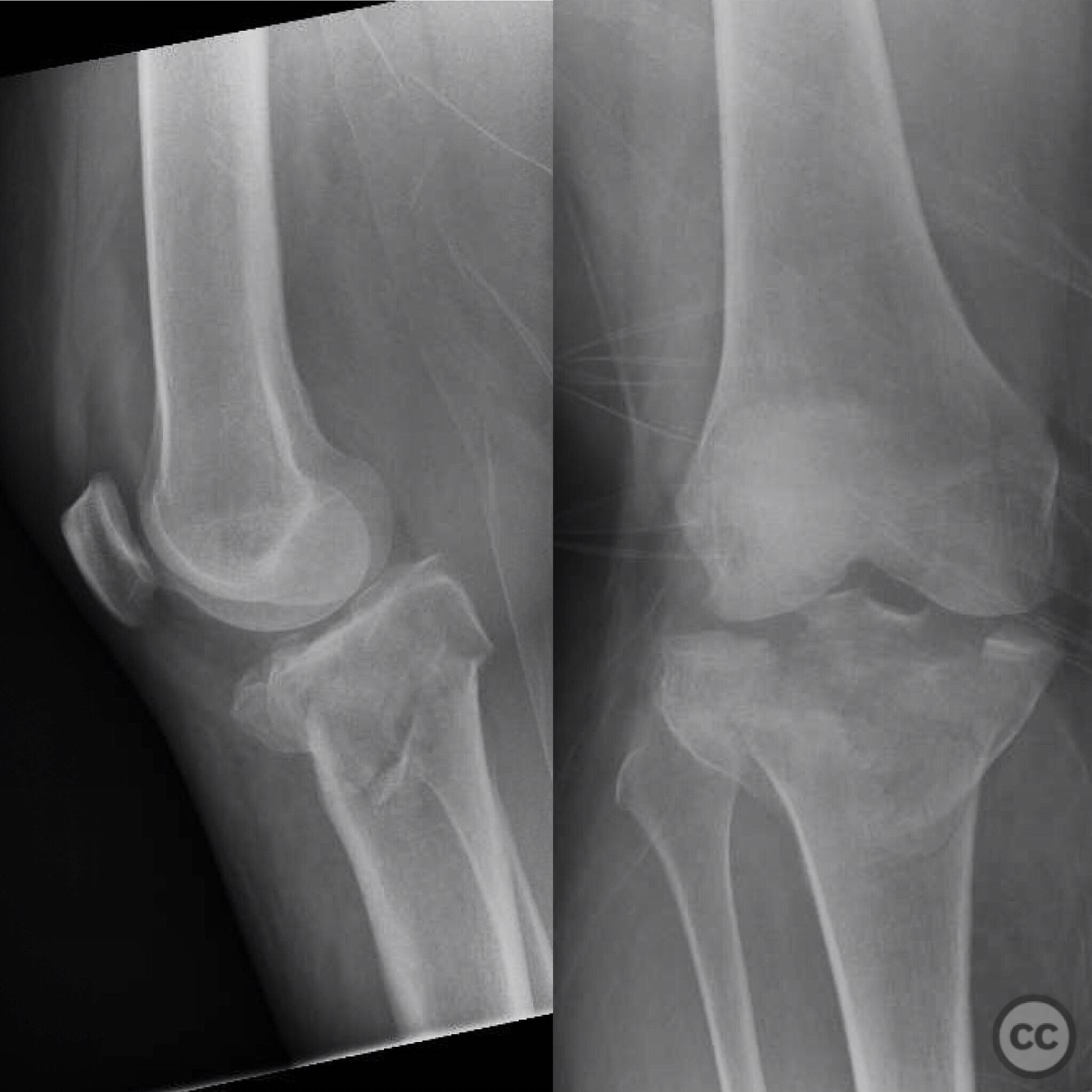
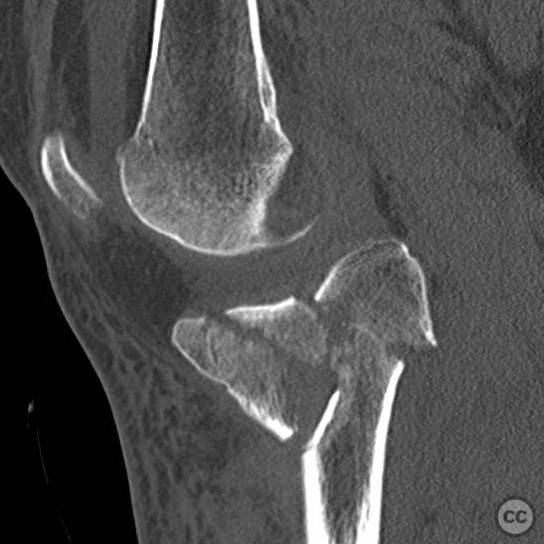
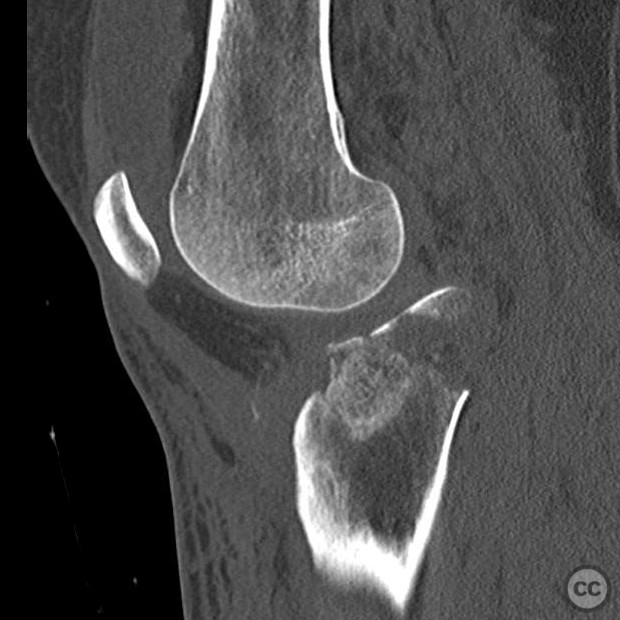
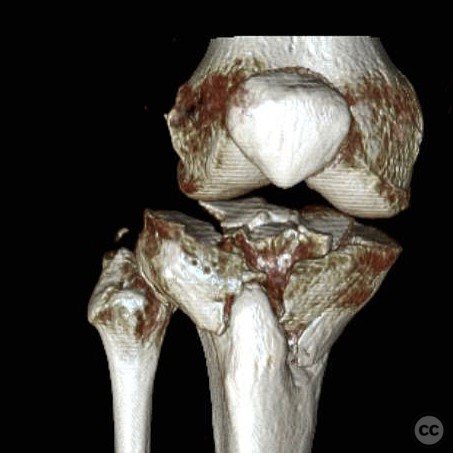
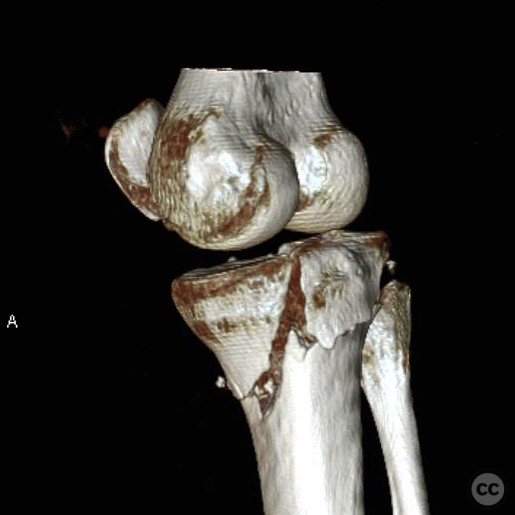
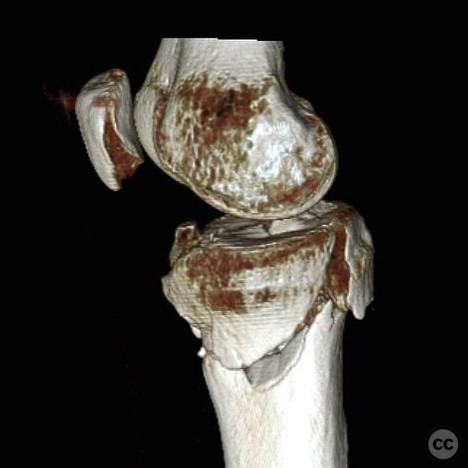
Article viewed 105 times
26 Jul 2025
Add to Bookmarks
Full Citation
Cite this article:
Surname, Initial. (2025). Hyperextension Varus Bicondylar Tibial Plateau Fracture with Posterior Tension Failure. Journal of Orthopaedic Surgery and Traumatology. Case Report 37848445 Published Online Jul 26 2025.